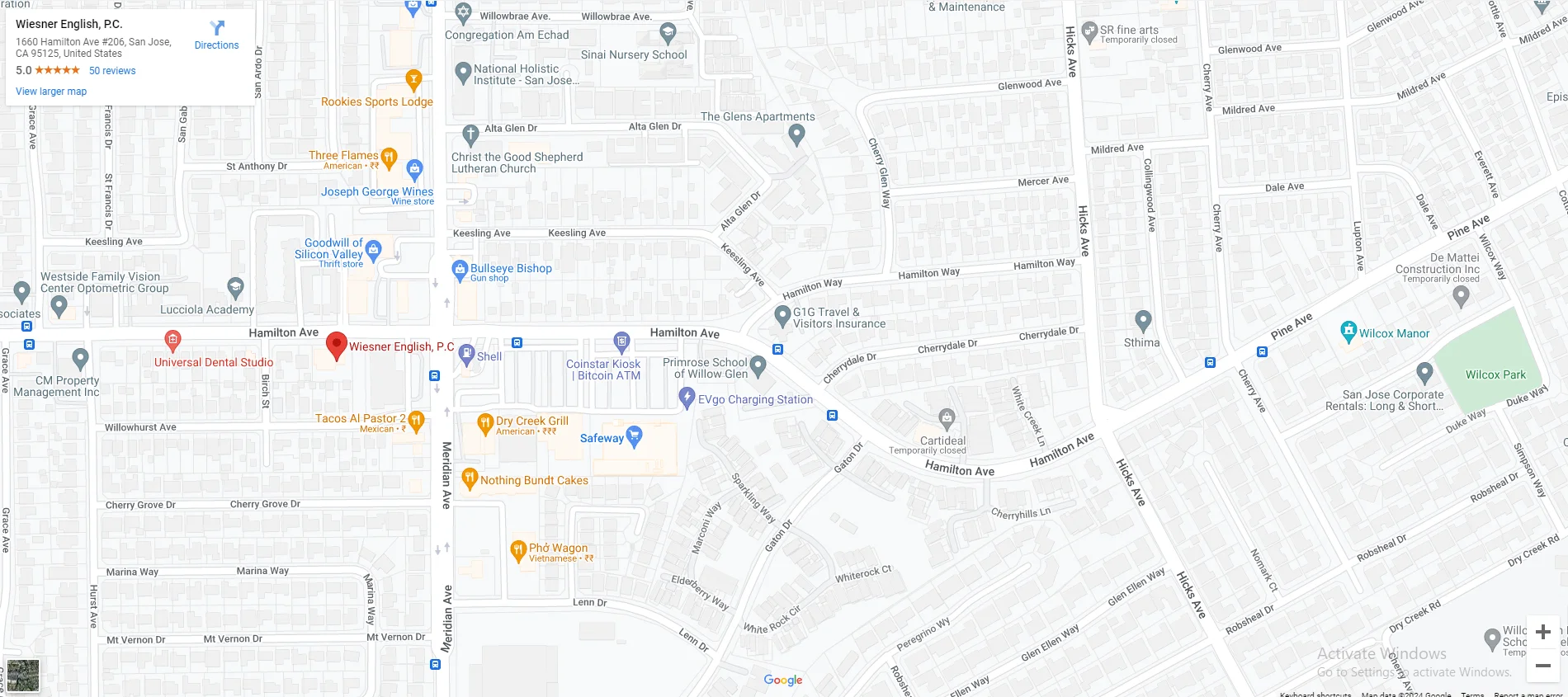|
|
Last Modified on Dec 31, 2024
It’s difficult to estimate how much your workers’ compensation claim may be worth or what the minimum amount you should receive given the degree of injury sustained. By examining a California workers’ comp settlement chart and consulting with a skilled workplace injury attorney about the details of your case, you can begin to garner a clearer idea.
Temporary Disability Workers’ Comp Chart
Workers whose injuries cause them to be temporarily disabled and unable to earn wages may receive regular temporary benefits to cover their lost wages. Temporary disability payments may be provided until a doctor says you’ve reached the maximum medical improvement possible or until you’ve recovered and returned to work.
This chart shows how much you may receive:
| Date of injury or from when occupational disability was discovered (on or after) |
The worker’s average weekly income before injury |
Maximum temporary disability benefits per week affected (for total disability) |
| 1/1/2024 |
Less than $364.29 |
$242.86 |
|
$364.30 up to $2,428.72 |
⅔ x average income earned, up to a maximum of $1,619.14 |
| 1/1/2023 |
Less than $364.29 |
$242.86 |
|
$364.30 up to $2,428.72 |
⅔ x average income earned, up to a maximum of $1,619.14 |
| 1/1/2022 |
Less than $346.42 |
$230.95 |
|
$346.43 up to $2,309.56 |
⅔ x average income earned, up to a maximum of $1,539.70 |
Permanent Disability Workers’ Comp Chart
If your injury has left you with permanent disability, you are eligible to receive ongoing workers’ compensation payments. In the event you are 100% permanently impaired, you should receive benefits at the same rate as when you were receiving temporary disability. If you’re only partly disabled, the amount of your weekly payments and the length of time you will receive benefits depend on the rating of your impairment, as outlined in this chart:
| Degree of permanent disability (by percentage) |
Number of payments provided per percentage point; injuries occurring from 1/1/2004–12/31/2004 |
Number of payments provided per percentage point; injuries occurring on or after 1/1/2005 |
| Below 10 percent |
4 |
3 |
| Between 10 and 14.75% |
5 |
4 |
| Between 15 and 19.75% |
5 |
5 |
| Between 20 and 24.75% |
5 |
5 |
| Between 24 and 29.75% |
6 |
6 |
| Between 30 and 49.75% |
7 |
7 |
| Between 50 and 69.75% |
8 |
8 |
| Between 70 and 99.75% |
9 |
16 |
These are the minimum and maximum payment amounts a person may be given in permanent disability, as well as how much their Supplemental Job Displacement Benefits voucher would be if the worker requires educational retraining or skill enhancement:
| Date of permanent disability injury or discovery of cumulative harm |
Percentage of total disability |
Minimum weekly payment rate |
Maximum weekly payment rate |
Supplemental Job Displacement Benefits |
| 1/1/2014 or after |
Any percent |
$160 |
$290 |
$6,000 |
| 1/1/2013-12/31/2013 |
1 to 54 percent |
$160 |
$230 |
$6,000 |
| 1/1/2013-12/31/2013 |
55 to 69 percent |
$160 |
$270 |
$6,000 |
| 1/1/2013-12/31/2013 |
70 to 99 percent |
$160 |
$290 |
$6,000 |
| 12/31/2012 or before |
1 to 14 percent |
$130 |
$230 |
$4,000 |
| 12/31/2012 or before |
15 to 25 percent |
$130 |
$230 |
$6,000 |
| 12/31/2012 or before |
26 to 49 percent |
$130 |
$230 |
$8,000 |
| 12/31/2012 or before |
50 to 99 percent |
$130 |
$270 |
$10,000 |
Workers’ Comp Chart for Workplace Death
The family of an employee who died as a result of an occupational hazard may be entitled to death benefits, including ongoing payment until the deceased’s last dependent turns 18. Ongoing benefits are available at the total disability rate with the minimum weekly payment amount, and the maximum amount varies based on the number of dependents, as shown here:
| Date of injury resulting in death/discovery of injury before death |
Provided expenses for reasonable burial arrangements |
Benefits when the deceased had one dependent total |
Benefits when the deceased had two dependents in total |
Benefits when the deceased had three or more dependents in total |
| 1/1/2013 or after |
$10,000 |
$250,000 |
$290,000 |
$320,000 |
| 12/31/2012 or before |
$5,000 |
$250,000 |
$290,000
|
$320,000 |
FAQs
How Much Is the Average Workers’ Comp Settlement in CA?
There is no average or standard workers’ compensation settlement amount because each case has unique circumstances. Minor injuries may only warrant compensation for medical bills, with the employee returning to work shortly after recovering. Those with more severe injuries will likely receive a higher settlement.
For example, temporary disability benefits should be provided for wages lost while you couldn’t earn income, and you should receive permanent disability payments if the harm caused irreparable damage.
How Long Do Temporary Disability Benefits Last For?
In California, the maximum amount of time a person may receive temporary disability benefits is 104 weeks from their first payment over a five-year period beginning from the date of injury. This is the maximum for most injury cases. However, the vast majority end before that point when the employee’s doctor releases them for work or says the worker has recovered to the fullest extent possible.
How Long Does It Take to Get a Workers’ Comp Settlement in CA?
For many workers’ comp cases, the claim will be settled much more quickly if there is little to no contention in proving your injury occurred while on the job and if the insurance company is generally cooperative in offering a fair settlement payout. If the insurer is unwilling to negotiate or refuses to admit responsibility, it’s likely that the case will drag on and potentially be delayed due to the court’s availability, among other factors.
Which Workplace Injuries Are the Most Common in California?
The most common workplace injuries in California are physical injuries, with falling incidents being among the most reported form of incident leading to employee injury.
Some physical injuries are visible and immediately apparent, including burns, contusions, lacerations, bone fractures, sprains, and eye injuries. Other physical workplace injuries are less obvious and display delayed symptoms, such as traumatic brain damage, long-term exposure to chemicals, soft tissue damage, and repetitive stress injuries.
Entrust a Qualified Workers’ Comp Law Firm
The legal team at Wiesner English, P.C., is dedicated to hearing your story, representing your case, and protecting your right to receive adequate compensation. Contact our law office today to schedule a meeting with a workers’ compensation lawyer.








